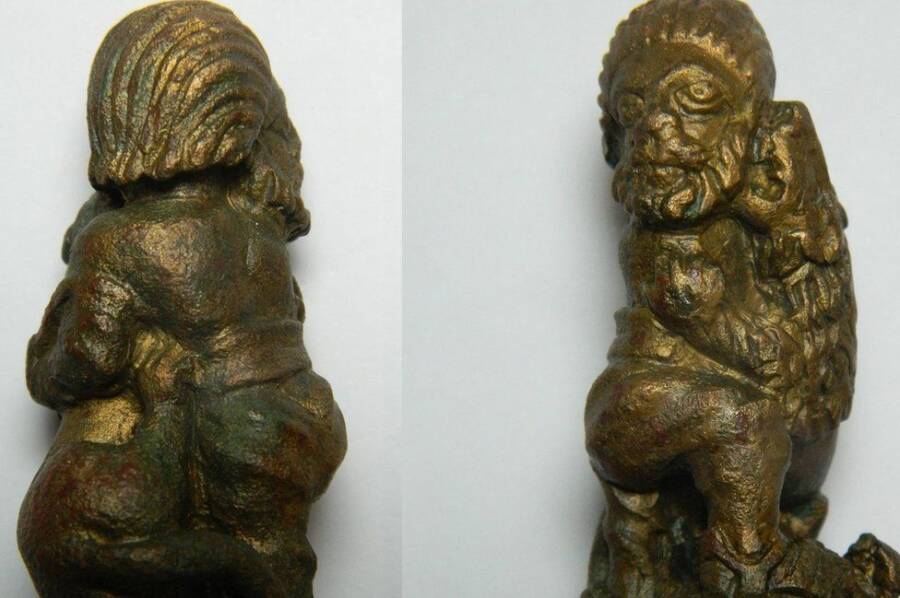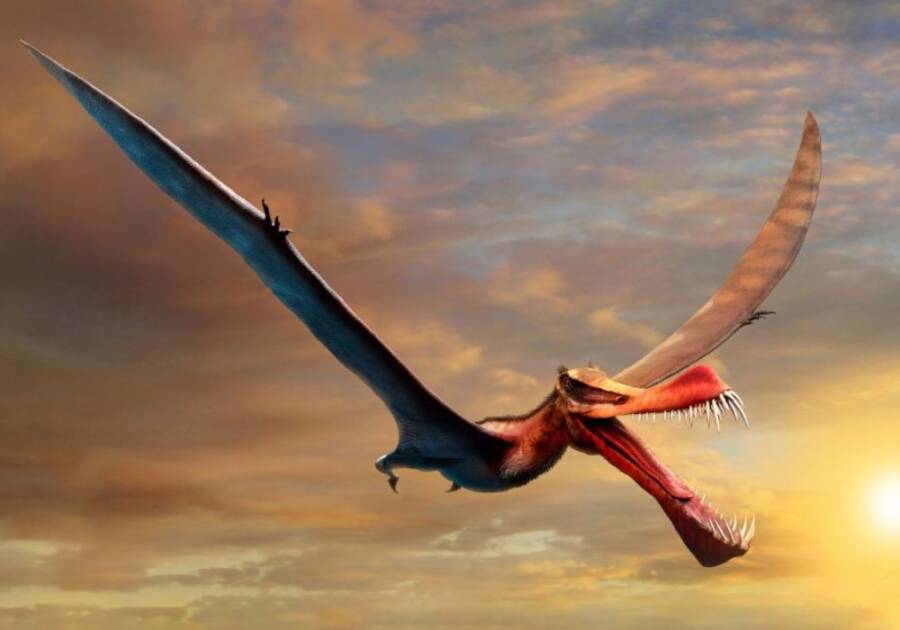Wild West opera sets uncovered, macabre Roman key handle found, prehistoric dragon-like pterosaur unearthed.
Stunning Trove Of 140-Year-Old Theater Sets Found Intact In The Attic Of A Former Wild West Opera House

mark byzewski / FlickrThe 250 newly-uncovered backdrops, some of the last of their kind to survive to this day, provide an unparalleled glimpse into what theater was like in the Wild West.
The passion project of silver baron Horace Tabor, the Tabor Opera House opened in Leadville, Colorado in 1879, complete with opulent interiors cementing its place as one of the foremost theaters in the country. Tabor had spent a fortune bringing wagonloads of iron and brick through treacherous mountain passes in order to erect the theater in just 100 days.
He likewise spared no expense on its grand, hand-painted sets. These scenic backdrops depicted everything from a mountain meadow to a remote cabin to a vast forest and stood 16 feet high.
But when the theater was sold in the early 20th century, these masterpieces were left to gather dust in the attic — until now. One expert restorer who happened upon them is returning them to their former glory while the theater is considering using them again. Go inside this rare look at what opera was like in the Wild West here.
Ancient Roman Relic Unearthed In England Suggests British Prisoners Were Executed By Lions

University of LeicesterLead excavator Dr. Gavin Speed said that nothing like this has ever been found “anywhere in the Roman Empire before.”
Despite falling nearly 1,600 years ago, the Roman Empire was so dominant and expansive that relics of its reign keep surfacing all over Europe to this day. Discovered only five years ago in Leicester, England, a bronze key handle has now shed light on how ruthless that reign really was — as it depicts lions being used in human executions in Roman Britain.
Dig deeper in this report.
This Massive Pterosaur Found In Australia Is ‘The Closest Thing We Have To A Real Life Dragon’

University of Queensland The Thapunngaka shawi just discovered by University of Queensland researchers was all wings, neck, and razor teeth.
Australia is home to man-eating sharks, giant spiders, and about 100 varieties of venomous snakes. About 105 million years ago, however, a far more terrifying predator hunted in the skies above — and researchers are comparing it to a “real-life dragon.”
Researchers at the University of Queensland this week announced the discovery of a new pterosaur, naming it Thapunngaka shawi.
With a wingspan of nearly 30 feet, a skull alone of around three feet, and 40 razor-sharp teeth filling a mouth like a “spear,” Thapunngaka shawi likely cast a fearsome shadow over the young dinosaurs and large fish of the prehistoric Eromanga Sea, which covered much of what is now the Outback.
Read on here.





